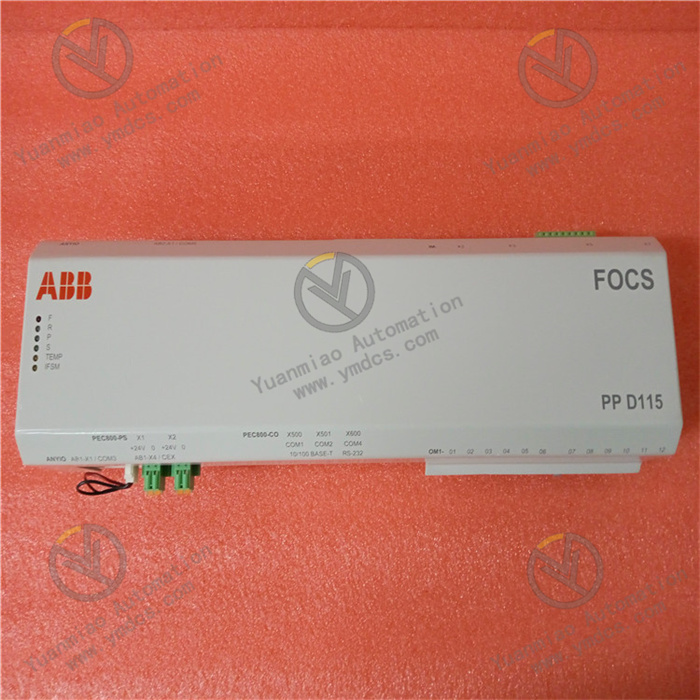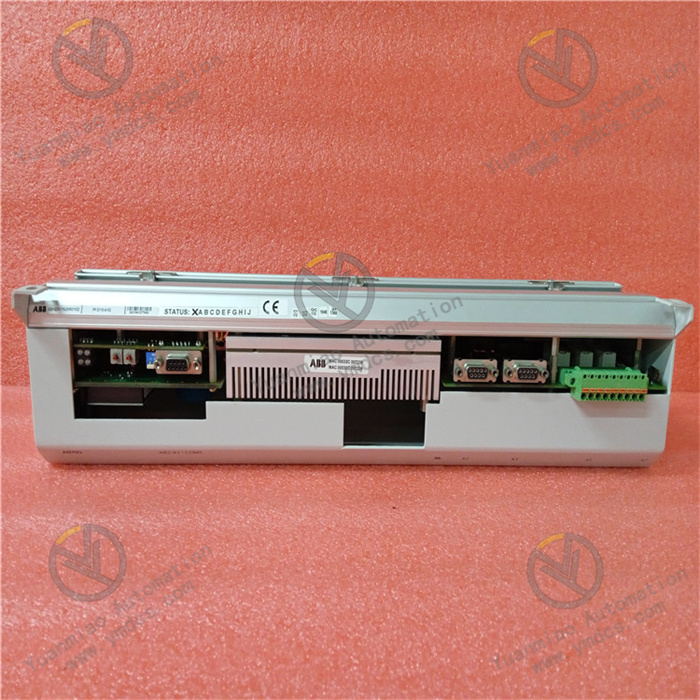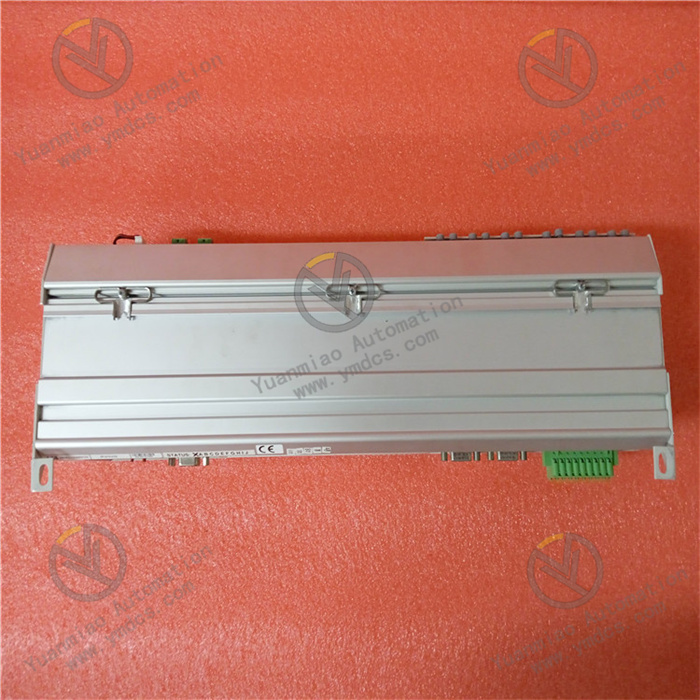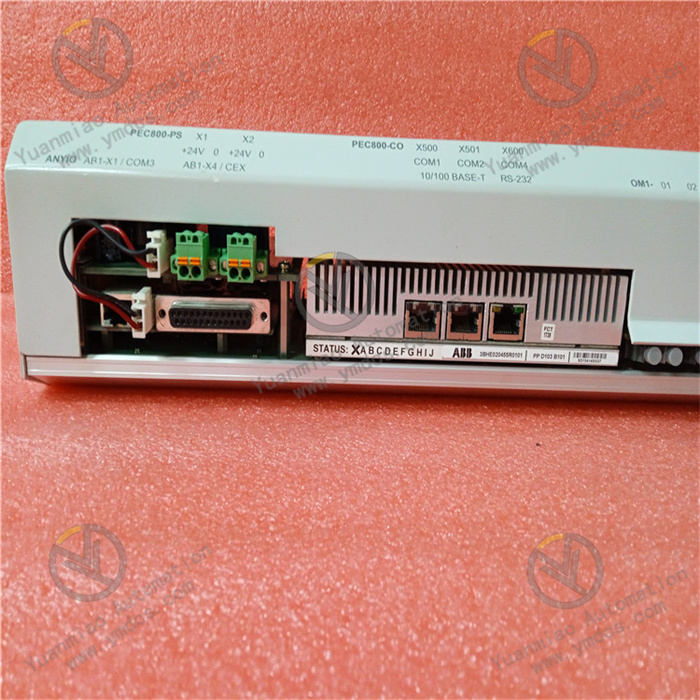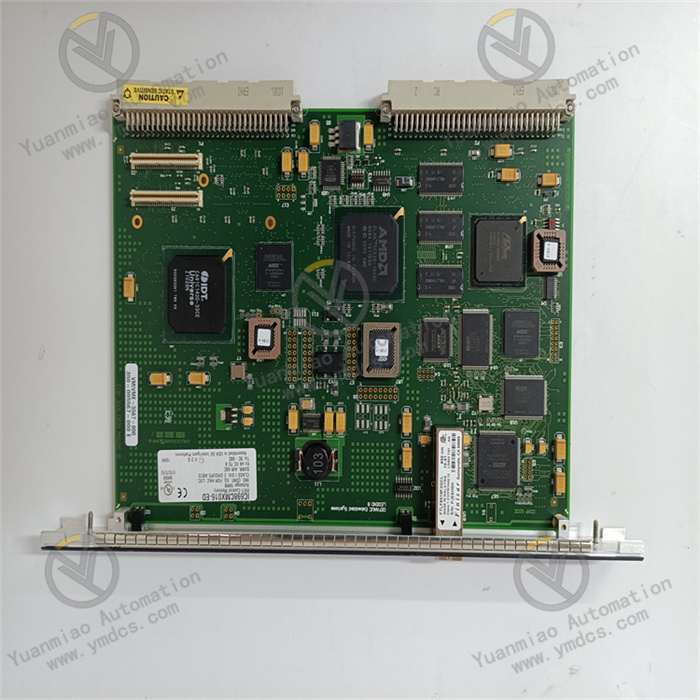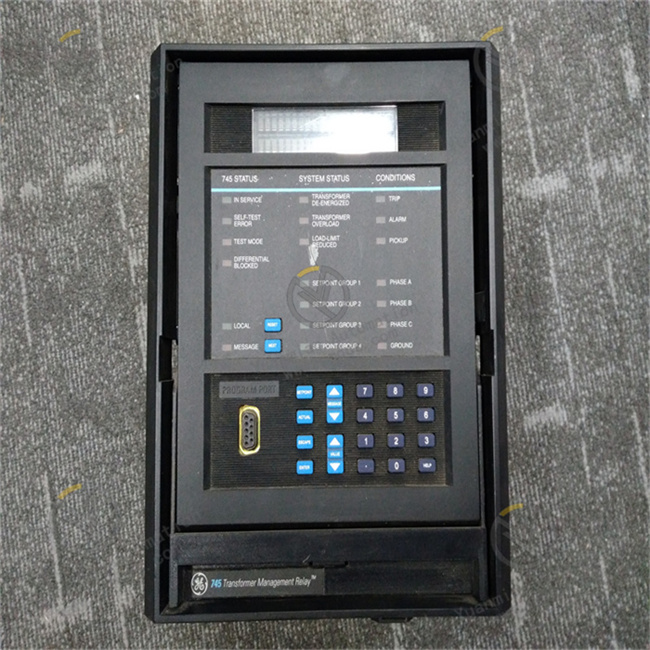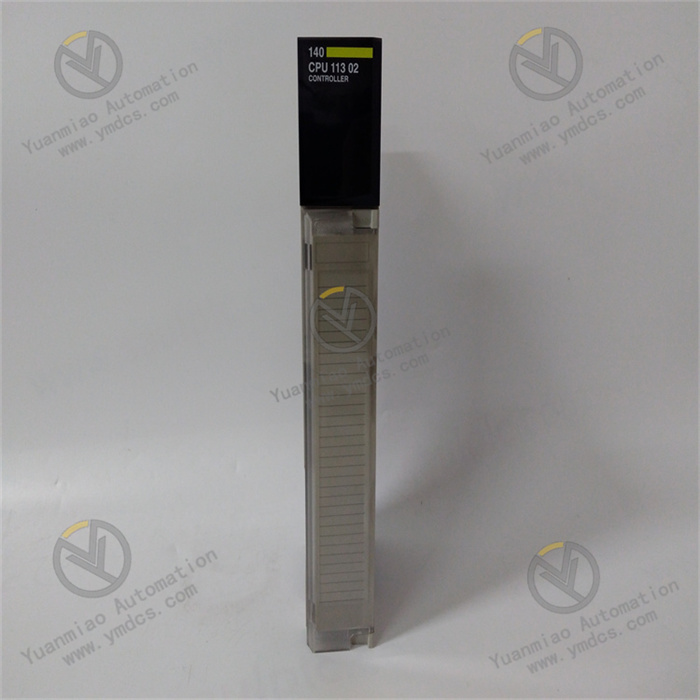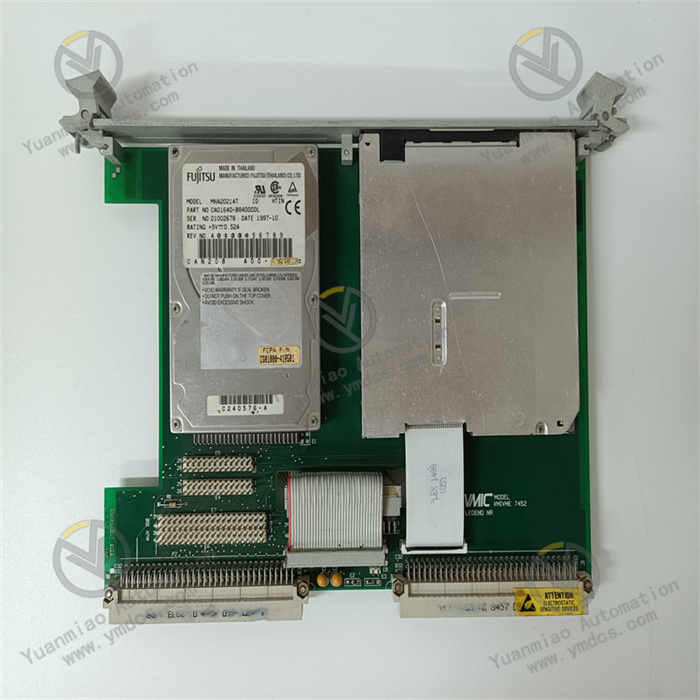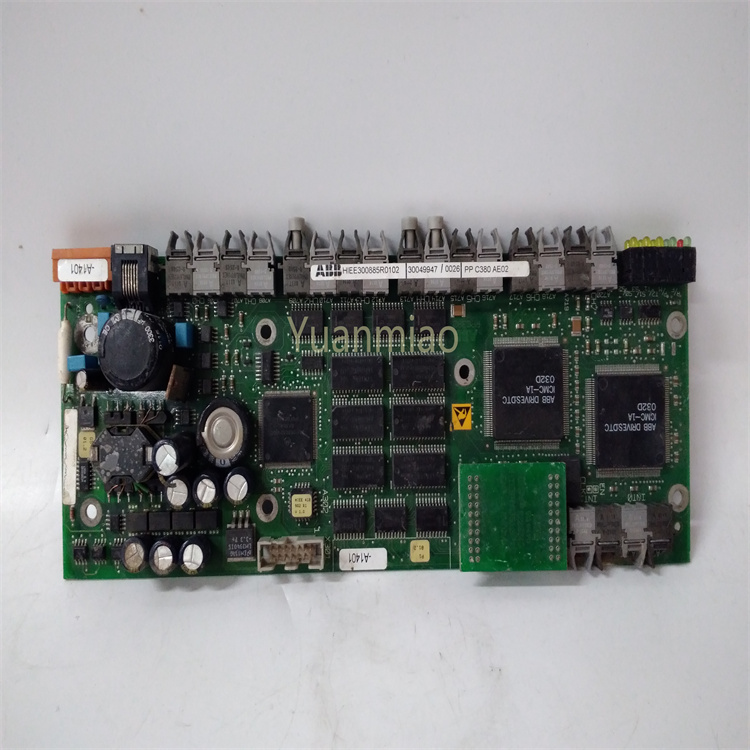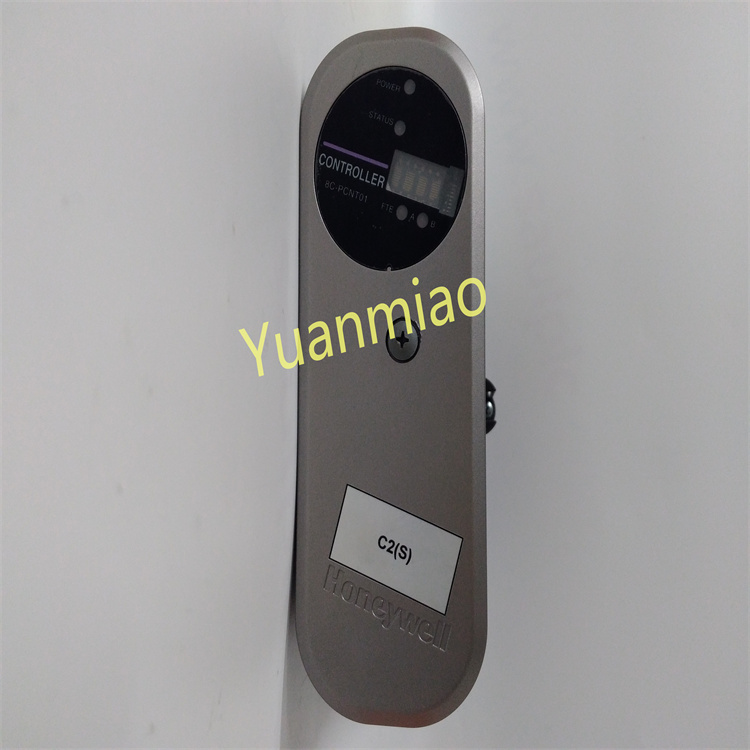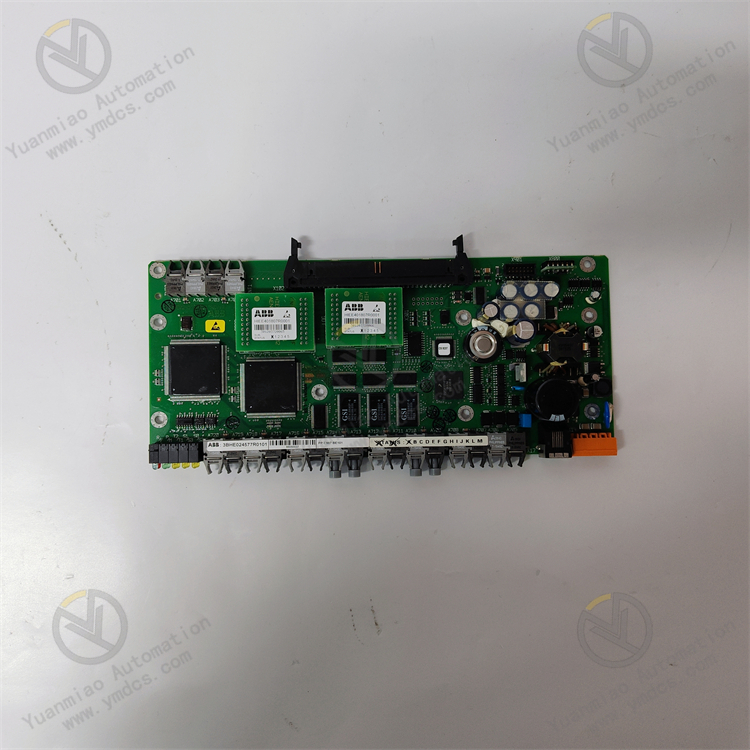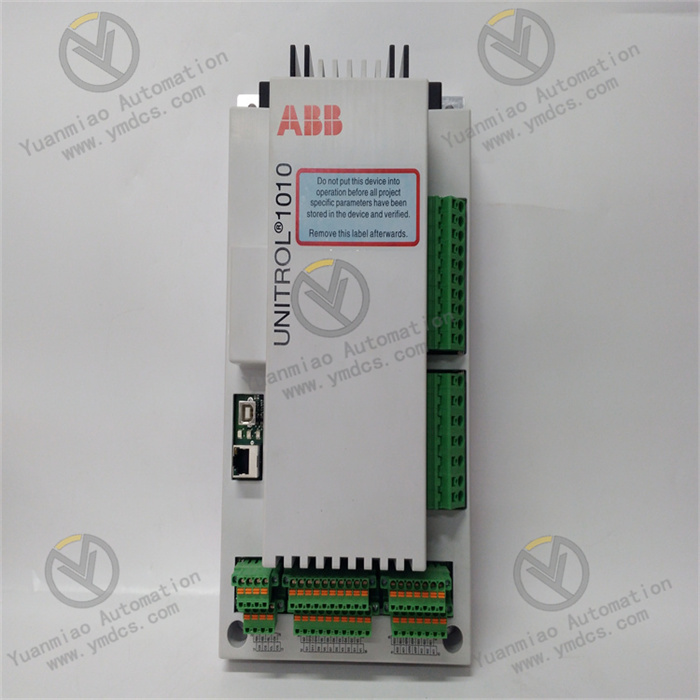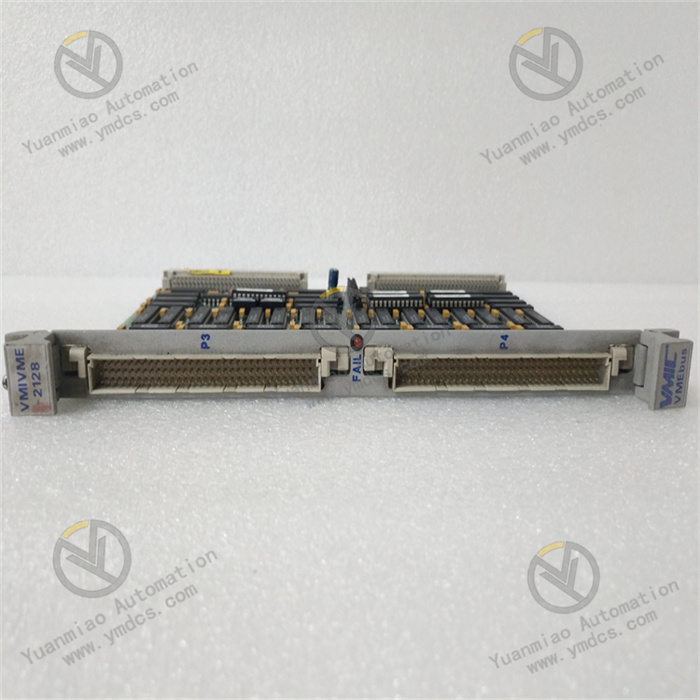Description
Functional Features High-precision measurement: It is usually used for precise measurement of specific physical quantities and can provide accurate data output, offering a reliable basis for subsequent control or analysis. Signal processing capability: It has certain signal processing functions and can perform operations such as amplification, filtering, and conversion on input signals to meet the signal requirements in different application scenarios. Reliability and stability: It adopts high-quality materials and advanced manufacturing processes, can operate stably in various industrial environments, has strong anti-interference ability, and reduces measurement errors or equipment failures caused by environmental factors. Flexible configuration options: It may support multiple configuration methods to adapt to different measurement ranges, precision requirements, and interface needs, facilitating users to make customized settings according to specific applications.

Technical Parameters Measurement range: The specific measurement range depends on its design purpose. For example, it may be suitable for measuring voltage signals from 0 - 10V or current signals from 0 - 20mA, etc. However, the accurate range should refer to the product manual. Accuracy level: It generally has high accuracy, such as ±0.1% or ±0.2%, etc., to ensure the accuracy of the measurement results. Response time: It has a fast response speed and can timely track the changes of the measured physical quantities, for example, within a few milliseconds to tens of milliseconds, to meet the requirements of applications with high real-time performance. Operating temperature range: It can usually operate normally within a wide temperature range, such as from - 40℃ to 85℃, adapting to the environmental temperatures of different industrial sites.

Application Areas Industrial automation: In automated production lines, it is used to monitor various process variables such as pressure, temperature, flow rate, etc., providing feedback signals for the control system and achieving precise control of the production process. Power system: It can be used for the monitoring of power equipment, such as measuring parameters like voltage, current, power, etc., helping to achieve the stable operation and protection of the power system. Process control industry: In the process control systems of industries such as chemical, petroleum, and pharmaceuticals, it measures and monitors various process parameters to ensure the safety of the production process and the stability of product quality.

Common Faults and Solutions Large measurement error Phenomenon: The measurement result deviates from the actual value beyond the allowable range. Cause: It may be due to inaccurate sensor calibration, the influence of external interference, faults in the measurement circuit, or changes in the characteristics of the measured object. Solution: Re-calibrate the sensor, check the shielding and grounding of the equipment to eliminate interference, check whether the components of the measurement circuit are damaged, and replace the components if damaged. At the same time, confirm whether the working state of the measured object is normal. No output signal Phenomenon: The equipment is properly connected, but there is no measurement data output. Cause: Power supply failure, sensor damage, open circuit of the signal transmission line, or faults in the interface circuit. Solution: Check whether the power supply is normal and measure the power voltage with a multimeter. If the power supply is normal, check the working state of the sensor, and determine whether the sensor is damaged by the substitution method. Check whether the connection of the signal transmission line is firm and whether there is an open circuit, and repair the line if there is an open circuit. Finally, check whether the chips and components of the interface circuit are normal, and repair or replace them if there are faults. Equipment overheating Phenomenon: After the equipment runs for a period of time, the surface temperature is too high, which may affect its performance and lifespan. Cause: Poor heat dissipation, such as improper installation position resulting in poor air circulation, or the failure of the internal cooling fan of the equipment, or the equipment running under high load for a long time. Solution: Improve the installation position of the equipment to ensure there is enough space for heat dissipation. Check whether the cooling fan is operating normally and replace the fan in time if it is damaged. Reasonably arrange the working tasks of the equipment to avoid long-term high-load operation, and add auxiliary heat dissipation equipment if necessary.


